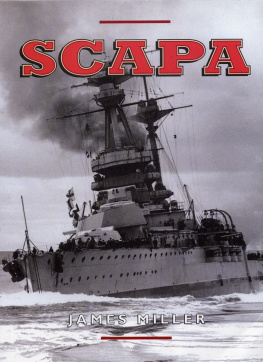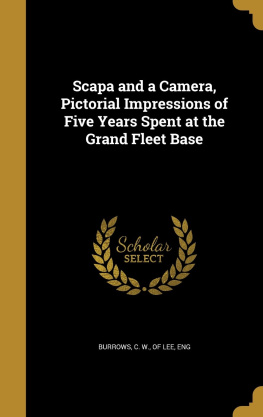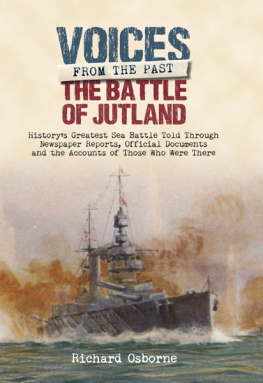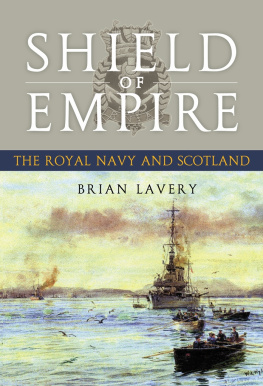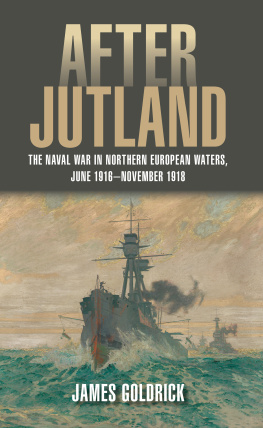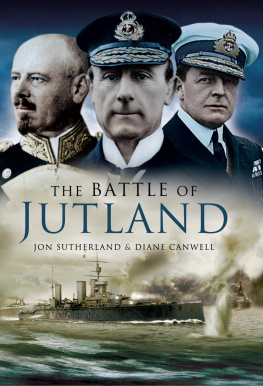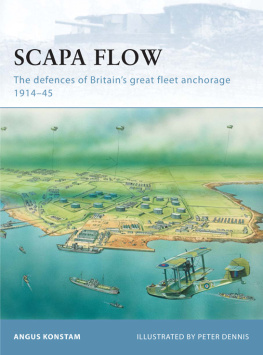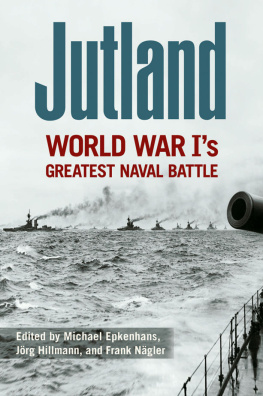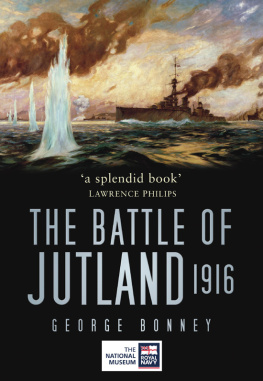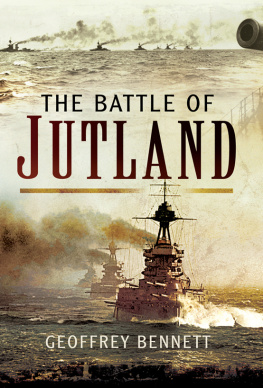SCAPA


This eBook edition published in 2012 by
Birlinn Limited
West Newington House
Newington Road
Edinburgh
EH9 1QS
www.birlinn.co.uk
First published in 2000 by Birlinn Ltd
Copyright James Miller 2000
The moral right of James Miller to be identified as the author of this work has been asserted by him in accordance with the Copyright, Designs and Patents Act 1988
All rights reserved. No part of this publication may be reproduced, stored or transmitted in any form without the express written permission of the publisher.
eBook ISBN: 978-0-85790-562-8
ISBN 13: 978-1-84341-005-8
British Library Cataloguing-in-Publication Data
A catalogue record for this book is available from the British Library
ACKNOWLEDGEMENTS
T o condense the story of Scapa Flow, already the subject of several books, into one short volume would have been an impossible task without the generous help of many people, including the staff of the public libraries in Kirkwall and Inverness, Lyness Visitor Centre, Stromness Museum, Orkney Wireless Museum, the Imperial War Museum and the Public Record Office, Kew. I owe grateful thanks to several individuals for giving information and sharing memories with me: in Caithness, Mr A. Budge, Noel Donaldson, Sutherland Manson, Brenda Lees and Trudi Mann (Northern Archive, Wick), and Nancy Houston; in Inverness-shire, Geoffrey Davies, Jackie Fanning and John Walling; in Orkney, Ella Stephen, William Mowatt and John Muir; and in Skye, Vice-Admiral Sir Roderick Roddy Macdonald. I am also grateful to John Walling and Alasdair Maclean, who also told me about the Searchers role as a beer-supply ship, for pointing out some errors in the first edition. David Mackie of the Orkney Library Photographic Archive gave generous access to his collection of pictures; and I am extremely grateful to John Walling for permission to use several unique pictures from his fathers collection. Once again, I am grateful to Dick Rayner for photographic services and to Duncan McAra for his continuing help and encouragement.
ILLUSTRATION CREDITS
I am grateful to the following sources for permission to use illustrations: A. Budge for Fig.. The pictures obtained from the Imperial War Museum, the National Maritime Museum, the Public Record Office and the RCAHMS are Crown Copyright.



The North Sea and the relative positions of British and German bases in both World Wars.

The Pentland Firth and Scapa Flow
SCAPA
James Miller
O ne summer morning in 1992, I found a piece of broken china lying among the stones and sea-drift at the head of the beach at Aith Hope. On its side was stamped in brown the crest of the Navy, Army and Air Force Institute, a body better known by its initials NAAFI. There was a motto: servitor servientium, servant of those who serve; the piece had obviously come from a mug, a heavy, white mug. It should have been no surprise to find it. Aith Hope lies at the junction between the islands of Hoy and South Walls, at the south-west corner of Scapa Flow. The marks left by the former presence of the main base of Britains Home Fleet are on every hand but somehow this shard of a NAAFI mug, redolent of the strong char beloved by the serviceman, spoke more eloquently of the coming and going of thousands than all the abandoned gun platforms and larger pieces of militaria.
I write thousands advisedly. During the First World War, when the battleships of the Royal Navy swung at anchor in the Flow, the number of naval personnel in Orkney at times reached 100,000. In the Second World War, the influx of servicemen and women pushed the islands population to 60,000, three times its peacetime size. As well as the crews and shore-based staffs of the navy there were airmen and soldiers from most of the nations fighting under the banner of the Allies; and a posting from the gentler environs of southern England, the home of most of the service personnel, to the stark surrounds of the Flow even gave rise to a rhyming slang phrase scapa flow, a variant on scarper, meaning to go away, or disappear for parts unknown. It was here that naval aviation took a crucial step forward, that the largest scuttling of a fleet occurred, that the largest maritime salvage operation took place. It is little wonder the name was erected in the popular mind to join El Alamein, Normandy, Anzio and Burma as places associated with war and became a byword for the remote Addu Atoll, now Gan, a Royal Navy base in the Indian Ocean, was nicknamed Scapa Flow with bloody palm trees.
An expansive, enclosed basin of sea, some ten miles from east to west, and a similar distance from north to south, the Flow is entirely surrounded by islands. The high bulk of Hoy comprises the western side; the smaller, lower islands of South Walls, Fara and Flotta lie to the south, with, in the east, South Ronaldsay and Burray, and a scattering of smaller islets and holms. The northern and north-eastern shores of the Flow belong to the mainland of Orkney. Although the frequent gales can whip up an angry sea within the anchorage, the ring of land guarantees shelter from the fiercest weather; and the water in the Flow is deep enough from twenty to thirty fathoms to float the largest ships safely.
The main entrance to the Flow is Hoxa Sound between Flotta and South Ronaldsay. This was the gate through which the capital ships came and went; destroyers and smaller craft used the gap called Switha Sound just to the west. Another major entrance to the Flow, Hoy Sound, was less used by naval vessels; it lies in the north-west corner between Hoy and Stromness. The island of Graemsay sits in the middle of the channel here and separates Hoy Sound from the Bring Deeps. On the east side, narrow, comparatively shallow channels used to wend between the islands to connect the Flow to the North Sea; these were all sealed in the Second World War by the construction of the series of causeways still known as the Churchill Barriers.
At the beginning of this century, in a hangover from earlier wars, British naval bases were concentrated in the south of England facing the old enemy: France. The emergence of Germany as a naval power, under Kaiser Wilhelm II, changed this pattern. The development and rapid growth of European navies in the twenty years or so before 1914 has been analysed and described many times. In 1903, Rosyth had been designated as a major base, and Cromarty was also made a base but with no antisubmarine protection.
Scapa Flows potential as a base had been first formally brought to the attention of the Admiralty as long ago as 1812, by Graeme Spence. The latter was the nephew of Murdoch Mackenzie, the first man to map the Flow and its surroundings by the then modern technique of triangulation. Mackenzies atlas of northern waters had been published in 1750 and had opened the way to greater use of the Pentland Firth by sailing vessels; hitherto they had tended to avoid the dangerous passage. Spence, himself a maritime surveyor for the Admiralty, sent a carefully drawn chart of Scapa Flow to their Lordships along with his Proposal for establishing a Temporary Rendezvous for Line-of-Battle Ships, in a Natural Roadsted [sic] called Scapa Flow, formed by the South Isles of Orkney....

